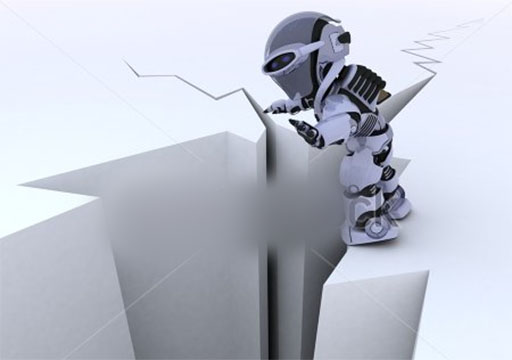Magnets!
This is the video that I was talking about where they stack e-magnets inside one another. They show a brief inside look at the coil plates. You can skip to 4 minutes.
This is the video that I was talking about where they stack e-magnets inside one another. They show a brief inside look at the coil plates. You can skip to 4 minutes.


Above is a device made by Alan Storey that plots the movement of four different ballerinas performing The Four Seasons. The dialog between the performance of the dancers pertain to the passage of time. At the end of the performance the image is revealed to the audience as if gesturing a bow. One of the interesting things about this piece to me is the simplicity of materials and mechanics or “low-tech”. There is a nostalgic quality to this simplicity that speaks to a desire for a simpler time with more primitive technology.
parietals 2005 from Anne Lilly on Vimeo.
Anne Lilly (above) makes these beautifully crafted interactive kinetic sculpture that are highly and precisely ordered. Although she uses very industrial materials she accomplishes very fluid and organic movements.
Ventilator, 1997 by Olafur Eliasson by C-Monster
In this piece by Olafur Eliasson I enjoy the simple whimsical behavior that moves quite arbitrarily around the massive space.
I thought Simon Penny is a good reference especially in the discussion/ critique on artificial intelligence.
Sustainability is definitely a hot topic of discussion. With robots to the rescue there is no doubt that this is an attainable dream. I love the notion of a delicate closed loop system that depends on the proper function of all its parts.
Through the implementation of simple rules, elagant humanist behaviors appear to emerge in the behavior of Braitenberg’s little robots.
His notion that artificially implementing natural selection on a table full of robots might yield better robots than careful design got my attention. I think that in cases of simple insect-like behavior this would be an ideal and elegant way of solving ones problem. With the goal of survival in certain conditions and the limited resources of simple logic, it would seem best to use this randomly seeded naturally culled robot group as a starting point. The tremendous amount of time and resources it would consume to build and allow to die a sufficient quantity of robots would be disadvantageous. Also, you would end up with a robot who could survive the conditions the table indefinitely, but you would have no way of knowing how or why, nor would you be certain it could survive in similar conditions. Mother nature had all the time in the world to get it wrong again and again. Humans are in a hurry. Humans should probably stick to engineering. 
Candidate robot teeters on edge of cliff, hoping to be fit for habitation of infinite white plane.
Image is stolen clip art, Blur is watermark.
As far as the emotive qualities of lifelike things, there is a lot to be gleaned from insects and other simple organisms. Their nervous systems may be low level enough to practically replicate with current robotic technology. Persson outlines the frank notion that we are way behind being able to actually recreate intelligence in robots, we may as well get good at tricking humans. I find the practicality of this stance somewhat refreshing in a world of missed expectations and lofty aspirations. We’ll get there, relax everybody.
This lil roach bot sure does capture the gesture of the desperate clawing of an insect. Despite the fact that it is being controlled by a human, I instantly ascribe desire and desperation to the mechanical device. Curious.
The robonaut is the first humanoid robot to come into use in space.
The practicality of this device is obviously quite limited. It is intended as a research platform into humanoid robot presence in later missions.
NASA hopes that by watching the interactions and problems that a robot in a space craft presents, it can improve them to a point where deep-space missions can be unmanned. (more…)